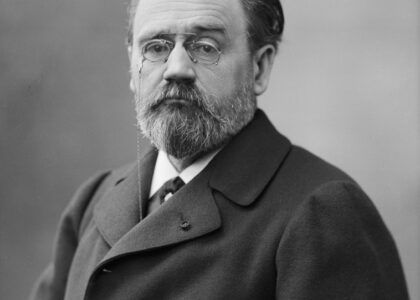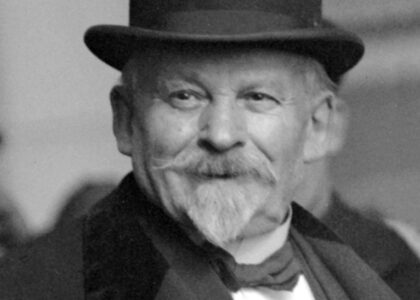Welcome to the Frisco Water Tower, a historical landmark in the vibrant city of Frisco, Texas. This iconic structure stands as a testament to the city’s evolution from its humble beginnings in the early 20th century. Let’s travel back to 1902 when Frisco was founded. At that time, residents relied on shallow hand-dug wells, some just 12 feet deep, for their water needs. The quality and quantity of water were inconsistent, prompting the establishment of the Frisco Water Works Company in 1914. It was a pivotal moment for the community, as water was finally piped to homes, businesses, and even provided for free to the local school.
Fast forward to the early 1920s, and Frisco’s growth demanded more water resources. This led to the digging of a deep well at what would become the site of the Frisco Water Tower in downtown Frisco. By 1923, the city issued $40,000 in bonds to purchase the Water Works. The following year, the Pittsburgh-Des Moines Steel Company erected the water tower, which boasted a capacity of 50,000 gallons. This tower served as Frisco’s sole elevated water storage facility until 1985, marking over six decades of service.
The water tower also carries a piece of Frisco’s heritage, displaying the raccoon skin logo of the St. Louis-San Francisco Railroad, which is the namesake of the city. This logo is a nod to the vital role the railroad played in Frisco’s development, connecting it to larger trade and transportation networks.
As you gaze upon the Frisco Water Tower today, imagine the countless stories it has overseen. From the early settlers navigating a new frontier to a modern city bustling with life, this tower remains a silent witness to Frisco’s transformation. It stands as a symbol of resilience and progress, reminding us of the ingenuity and perseverance that built this city.






